GDKP explained: What it means and where it’s banned?
Welcome to our mini-guide on GDKP, what it means, and where it’s banned.

Table of Contents
The loot system in WoW has undergone many changes throughout the game’s expansions. Before the introduction of personal loot in Mists of Pandaria, players had to roll on the equipment or follow the rules of a specific loot distribution system. Those might be different in each guild and group.
WoW versions where GDKP is banned
GDKP is now banned in both SoD and Fresh Classic. Blizzard is serious about this and has already banned players permanently for hosting or participating in GDKP. A Reddit post shows an example of someone getting banned for GDKP. Blizzard says the ban announcement itself was the warning, so they don’t give a second chance.
WoW versions where GDKP is not banned
There are. For example, Cataclysm Classic servers don’t prohibit participating in GDKP runs. In regular (Not Anniversary realms) Classic and Hardcore servers, GDKP is also not bannable. In theory, you can do GDKP even in Retail versions of the game, as you need to roll for this. Since MoP up until Dragonflight expansion, there was a personal-loot system implemented in the game, making GDKP pointless. But as for War Within expansion, GDKP is possible.
It should be noted that as for the Retail version of the game, GDKP is not popular. A much more popular practice of Gold Runs is in the game, however. It should be noted that there are many scammers in this area, so if you are worried about your gold, or account safety only contact trusted WoW services for this, like ours.
The basics of GDKP
GDKP stands for Gold Dragon Kill Points. It’s a variation of DKP, a loot system where a player’s activity in raids earns them points that can be spent on items. In GDKP, instead of points, players bid gold on dropped items. The highest bidder gets the item, and the gold earned is shared among the group.
For example, if a necklace drops, Jerry, Richard, and Alice want it. Jerry bids 1500, Richard raises it to 2000, and Alice wins with 4500 gold. She gets the necklace, while the others each get 500 gold. Even if a player doesn’t win an item, they still earn gold from other bids, giving them a better chance in the next run.
GDKP runs were common, especially in WoW Classic Era, with 40-man raids and many players bidding for items.
GDKP pros and cons
If a loot system in WoW Fresh Classic was perfect, there would be no need for others. GDKP runs have two goals: gear and gold. This motivates even fully geared players to join. The raid leader often takes a 5-15% commission from the gold earned, which may not suit everyone.
- The system is simple and fair. The highest bidder gets the item, and others get gold. There’s little chance of loot disagreements. Players know the rules and get something, even if they don’t win the item.
- GDKP also motivates players. Those with all the gear they need may join for the gold, helping leaders build strong teams for quick runs, and providing more communications in WoW Classic Fresh.
- Every drop feels rewarding, as players either get the item or gold. No one leaves empty-handed after hours of raiding.
- However, there are downsides. Players with more gold can outbid others for items. If gold-bid runs are your only income, you’ll always be behind wealthier players. Also, smaller raids, like 10-man groups, may not generate enough bidding competition or gold.
- GDKP works well in many situations but isn’t suitable for every raid or every player. Now, let’s see who benefits most from it.
GDKP guide: Which players will this system suit?
Before a GDKP run, check your gold. It’s good to start with some savings, even though you’ll earn more during the run. Choose this system if you’re a player who wants to make money or don’t mind waiting for your profits to build up.
How much gold you need depends on your group, the items, and the raid. Prices vary by server and expansion, so check your server’s prices before joining.
Consider the items you need. If you’re after a top-tier trinket, expect competition from others. Without enough gold, it’ll be hard to outbid many players.
If a raid has few valuable drops, people might not organize a GDKP run. If you can’t find one, try joining a guild or a pug raid instead.
Conclusion
We hope you now understand what Gold Dragon Kill Points is a thing. Remember that GDKp is punishable by Blizzard, so don’t participate or host GDKP on game versions (Classic Era, SoD) where it is prohibited. It would be much easier and safer to purchase BoE items from the auction-houses
FAQ
Will I get permanently banned for participating in GDKP activity?
Yes, you will get permanently banned as you violating Blizzard’s policy. There is no appeal option, so don’t risk with GDKP activity. We’ve listed game servers where you can be banned for GDKP, be aware.
Where is GDKP banned?
GDKP is banned in SoD servers and WoW Fresh Classic servers.
Is GDKP banned in Cataclysm Classic?
No, participating in GDKP activity on Cataclysm realms is legal, and not prohibited.
Is GDKP banned in SoD permanently?
Yes, be aware that you will get banned for participating in GDKP on SoD realms. Refer to this news article to confirm this.
What is the difference between DKP and GDKP?
In short: DKP calculates the overall player’s effectiveness, and potential, and by these parameters group leader decides whether to give this player loot or not. GDKP includes gold in this scheme, allowing players to trade gold for loot-item.
Is GDKP banned in other WoW versions?
In regular (Not Anniversary realms) Classic and Hardcore servers, GDKP is not bannable. In theory, you can do GDKP even in Retail versions of the game, as you need to roll for this. Since MoP up until Dragonflight expansion, there was a personal-loot system implemented in the game, making GDKP pointless. But as for War Within expansion, GDKP is possible.
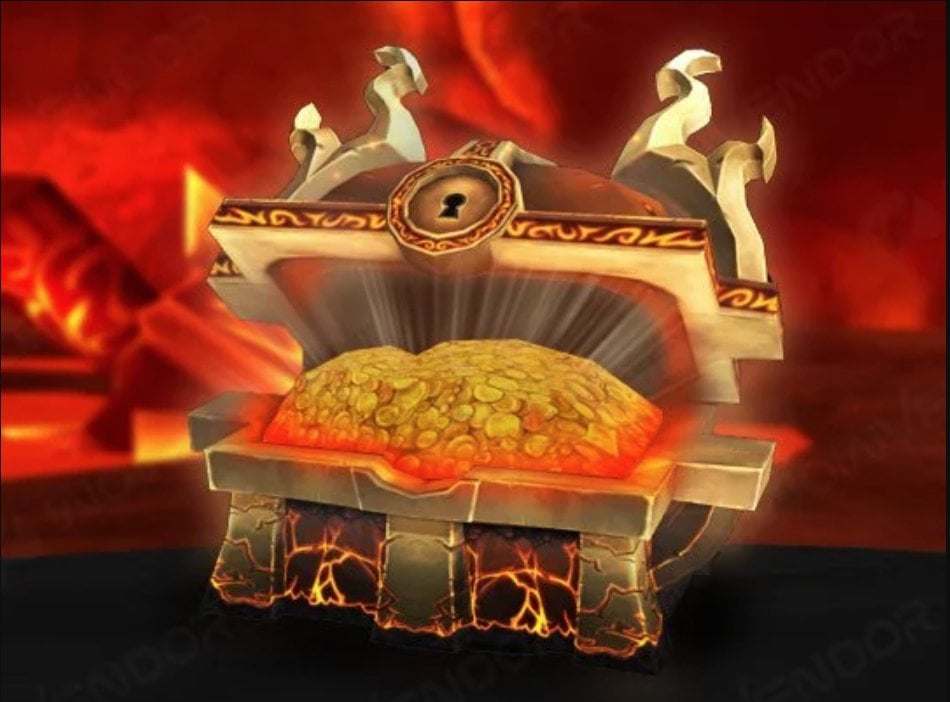

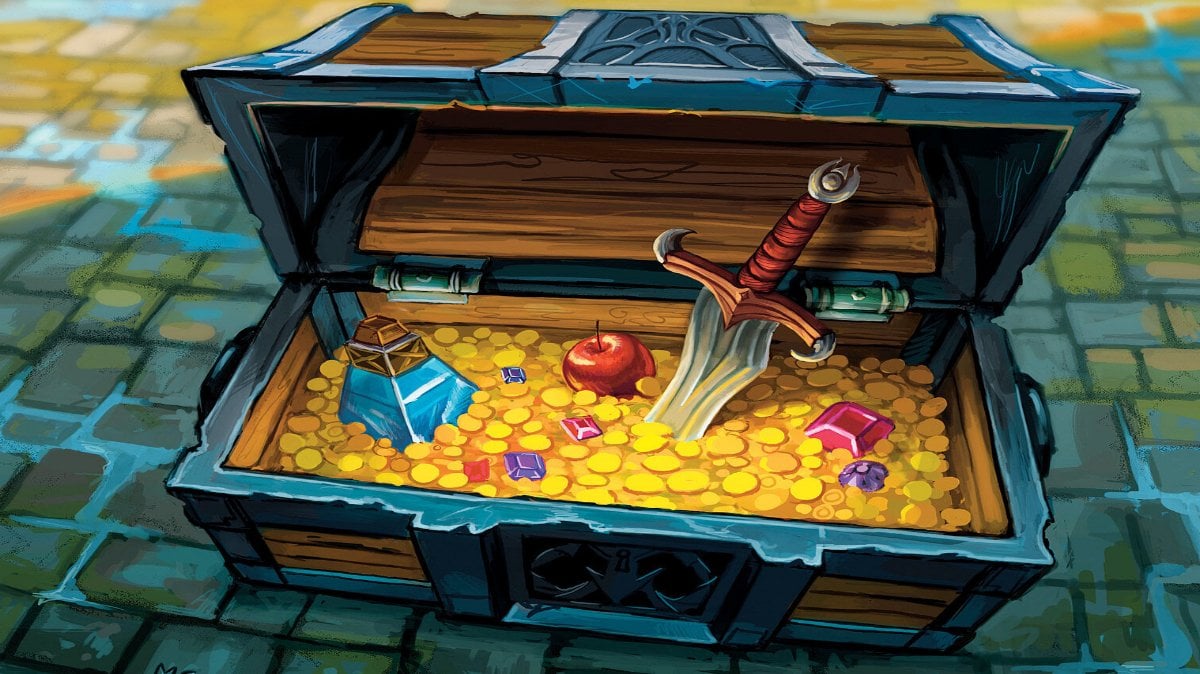
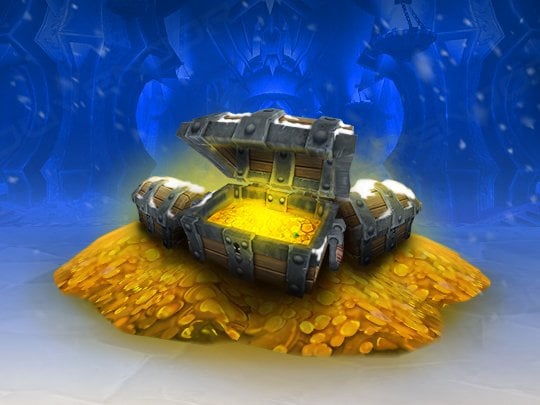

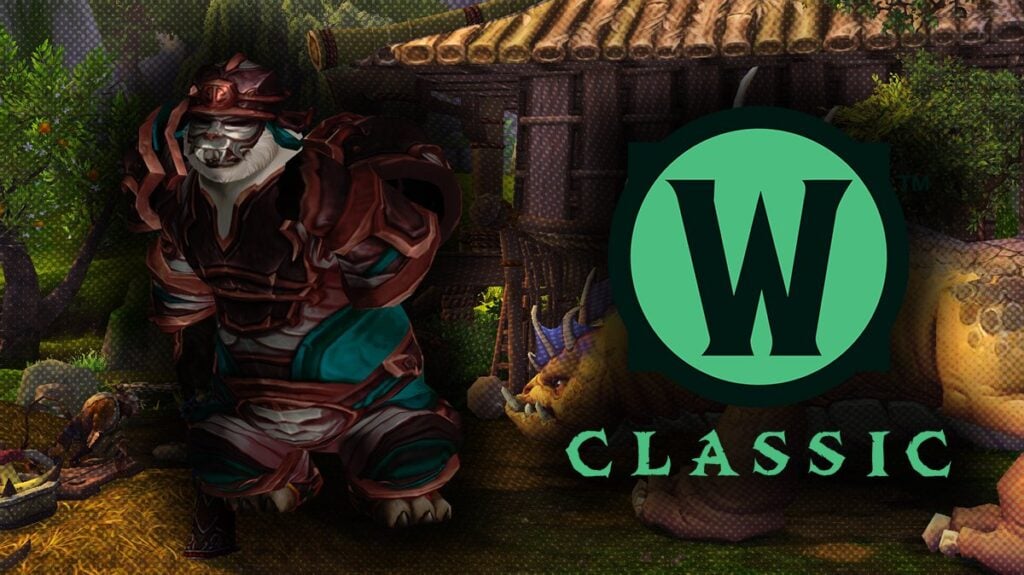
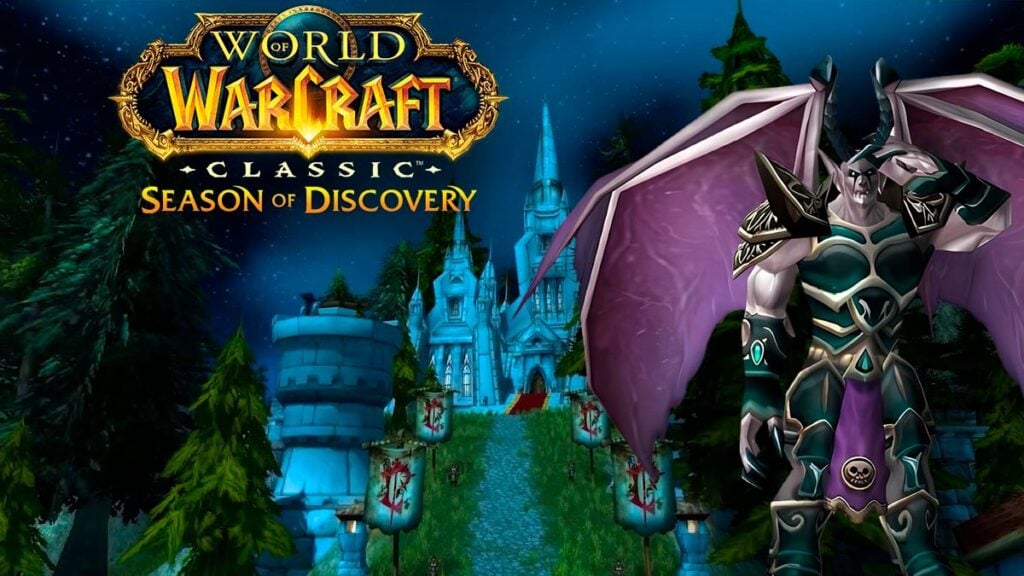
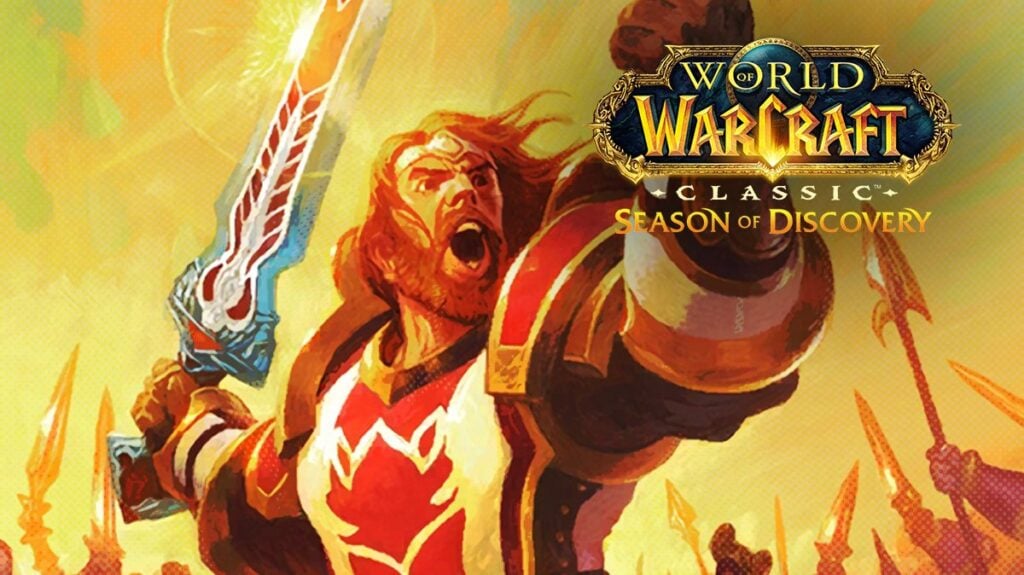

Comments
also no mention in your article about the ability to buy gold with real money. this us very unfair
This loot system is GARBAGE, literally no accountability whatsoever when it comes to distro. meaning people can literally BOUNCE with no repercussions.
Warning Frostiejacks-Firemaw is the Scammer